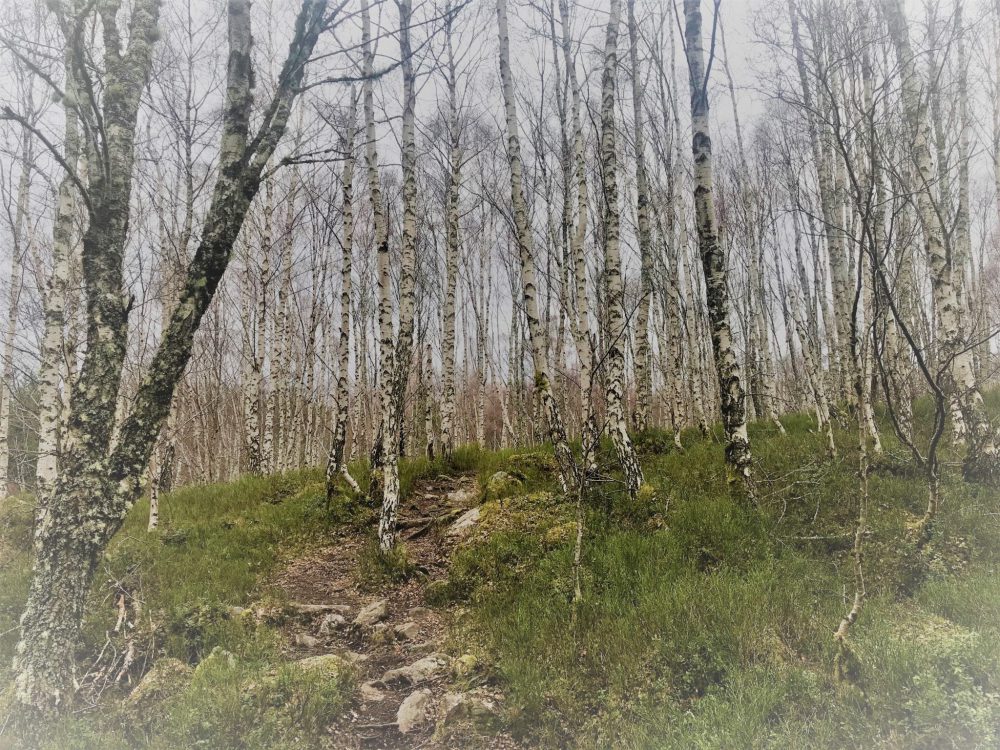The Health Benefits to Walking

The Health Benefits to Walking
SMR Wellbeing Officer, Steve Penny, tells us some of the benefits walking has to our mental health:
It’s good for our mental health
“One of my favourite short books is The Living Mountain by Nan Shepherd, written in the 1940’s during the closing stages of the Second World War (although not published until 1977). Nan describes her many journeys into the Cairngorm Mountains – notably in and around and not just scaling the heights. One of the most memorable chapters is the one on Senses – sound, smell, taste, sight, and touch. Talking of her walking experiences, Nan describes beautifully how using all your senses in the outdoors can bring joy and peace of mind. And she was experiencing and recognising this almost 100 years ago!
Today, the science is clear. Physical exercise and mindful practice positively influence psychological functioning, improving cognition, lowering stress, and reducing symptoms of depression.
“Taking notice” is often mentioned as one of the Five Ways to Wellbeing and you can do this on any walk of any length in any place. Try using all of your senses:
Sound: What can you hear? Can you pause and listen really carefully and cut through any background noises? How many different sounds can you identify, wherever you are? Concentrating on listening can really help to clear out intrusive thoughts and help you to relax.
Smell: What can you smell? It might be scents from nature – plants, soils, animals, or the air. We talk about fresh air – can you smell that? It might be street smells – coffee shops, bakeries and so on. But even in cities there could be blossom scents and the smells of nature in parks.
Taste: If you know what you’re doing and it’s safe – you can taste wild fruits and water from hill burns; but it might be the taste of your sandwiches or the cake with your coffee sitting in a green space. We often say everything tastes better outside – picnics are great.
Sight: Take time to observe and look around you. How often do we walk along almost oblivious to our surroundings? Of course, if we’re navigating in any environment then we are using our sense of observation but it’s still worth taking time to pause and have a really good look around. Everything from what’s immediately around you to what is in the far distance and also above and below. Take time to observe the smallest of details and life all around.
Touch: Take notice of what you touch and what touches you. Feel the wind, sun, or rain on your face; feel your body being buffeted by wind. Feel the ground under your feet. Feel the rock you touch or the leaves you brush past. How do these change during your walk?
Nan ends her wee book with a chapter on Being. There she says: “There must be many exciting properties of matter that we cannot know because we have no way to know them. Yet, with what we have, what wealth! I add to it each time I go to the mountain – the eye sees what it didn’t before, or sees in a new way what it had already seen. So, the ear, the other senses. It is an experience that grows …”
So, the next time you go out for a walk – for whatever reason, wherever that walk may take you, and however long – try taking some time and exploring with your senses, one at a time, and start to experience the same joy, ease, and peace of mind that Nan experienced almost 100 years ago.